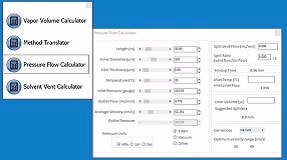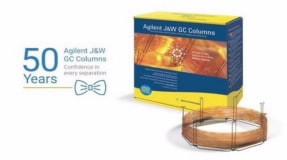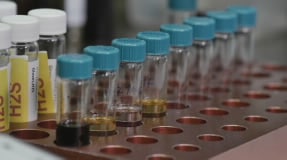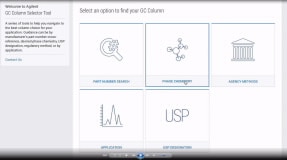Ensure accurate peak identification & quantification for GC analysis with J&W GC Columns.
There are two types of GC columns: packed columns and capillary columns. Agilent offers over 3500 J&W GC columns. GC column types include fused-silica capillary wall-coated open tubular (WCOT), porous-layer open tubular (PLOT), and packed columns with the best inertness for acids/bases/mixed functional compounds, the lowest bleed levels and tightest column-to-column reproducibility.
The J&W 5Q columns combine industry-leading Ultra Inert performance with Ultra Low-Bleed technology, delivering the new standard for GC/MS column performance and productivity. Ultra Low Bleed Q columns are compatible with any GC/MS system to ensure a seamless fit.







